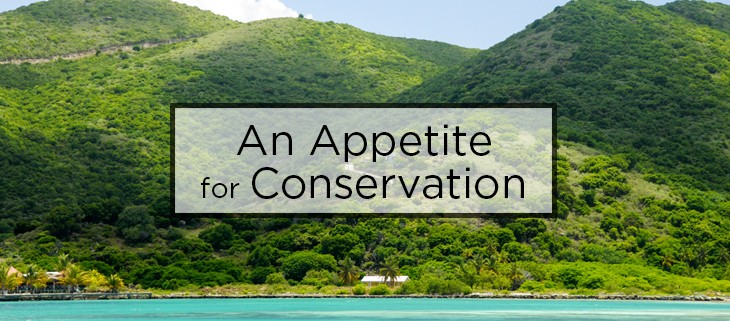December 4, 2024
The Ebiil Society: Champions of Palau
Ann Singeo, founder of our partner organization the Ebiil Society, shares her vision for a thriving Palau and a flourishing world of indigenous science!
We use cookies to help you navigate efficiently and perform certain functions. You will find detailed information about all cookies under each consent category below.
The cookies that are categorized as "Necessary" are stored on your browser as they are essential for enabling the basic functionalities of the site. ...
Necessary cookies are required to enable the basic features of this site, such as providing secure log-in or adjusting your consent preferences. These cookies do not store any personally identifiable data.
Functional cookies help perform certain functionalities like sharing the content of the website on social media platforms, collecting feedback, and other third-party features.
Analytical cookies are used to understand how visitors interact with the website. These cookies help provide information on metrics such as the number of visitors, bounce rate, traffic source, etc.
Performance cookies are used to understand and analyze the key performance indexes of the website which helps in delivering a better user experience for the visitors.
Advertisement cookies are used to provide visitors with customized advertisements based on the pages you visited previously and to analyze the effectiveness of the ad campaigns.
Looking to make an impact this Earth Month? Here’s how.

Imagine — two iguana species living on Grand Cayman Island. One is the invasive Green Iguana and one is the Endangered Blue Iguana, which is native to the island.

The Green Iguana was originally introduced in the 1980’s via the pet trade. As often happens, escapees founded a new population on the island. At first, the Green Iguana was little more than a nuisance, but as the population grew, it slowly began to out-compete the native iguana species.
In an attempt to protect the native Blue Iguana from the invader, the government made a law that killing iguanas was illegal. The law failed to specify that this should only apply to the Blue Iguana, and so the Green Iguana population blossomed throughout the island.
A recent estimate places the population of Green Iguanas at about 152,000 that live on this 22-mile long and 8-mile wide island. Going unchecked, the population could continue to grow and reach about one million in the next couple of years.

People have come up with a new solution for curbing the population growth of this invasive species — eat them. This is a recent idea in the world of invasive species control. It has been used to try and keep populations of invasive species such as marine invertebrates and Lionfish in check and Caymanian leaders think this is the best solution, at least for now.
So, if you end up in Grand Cayman anytime soon, don’t be surprised to find the very same Green Iguana running around outside also on the menu at a local restaurant.
Featured photo: Caribbean Landscape. Credit: Andrew Hart
Read the full article at phillytrib.com
Check out other journal entries we think you might be interested in.
Notifications